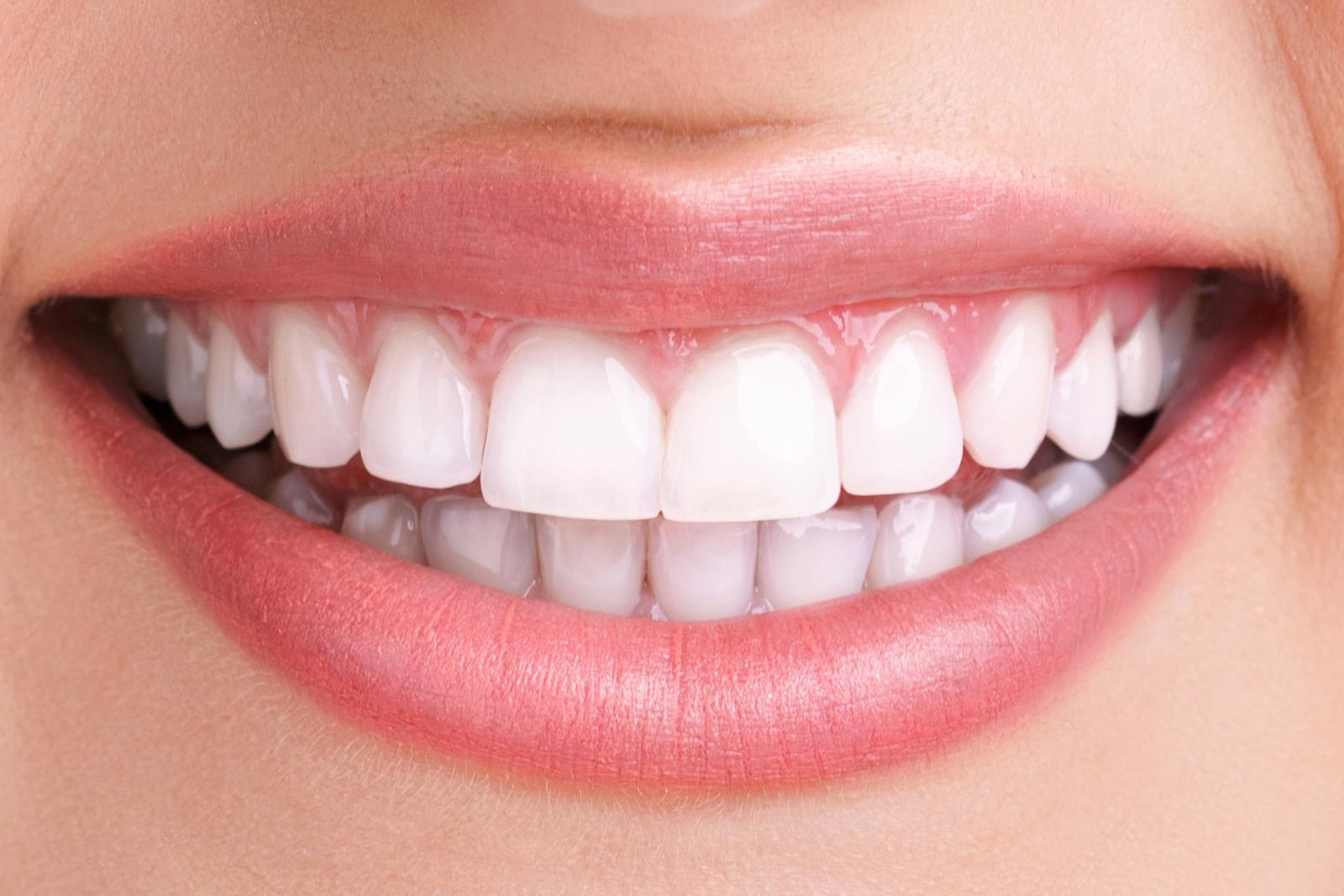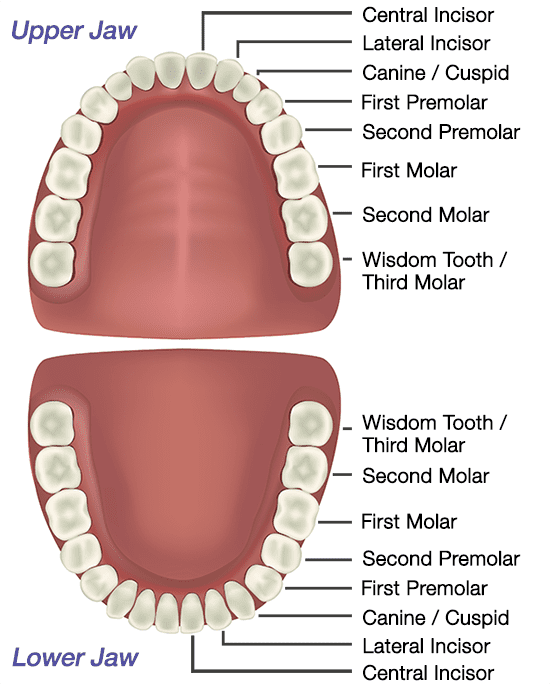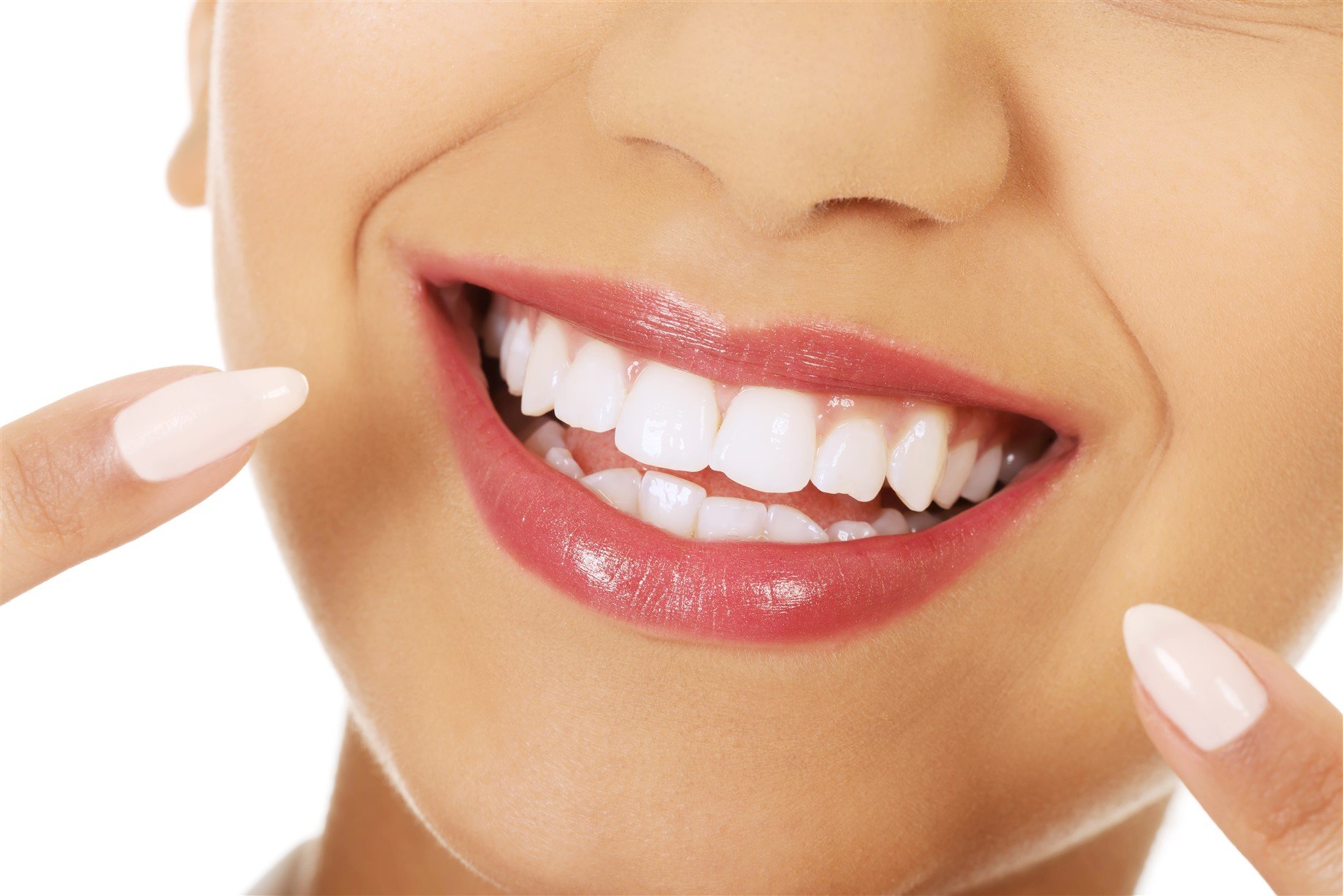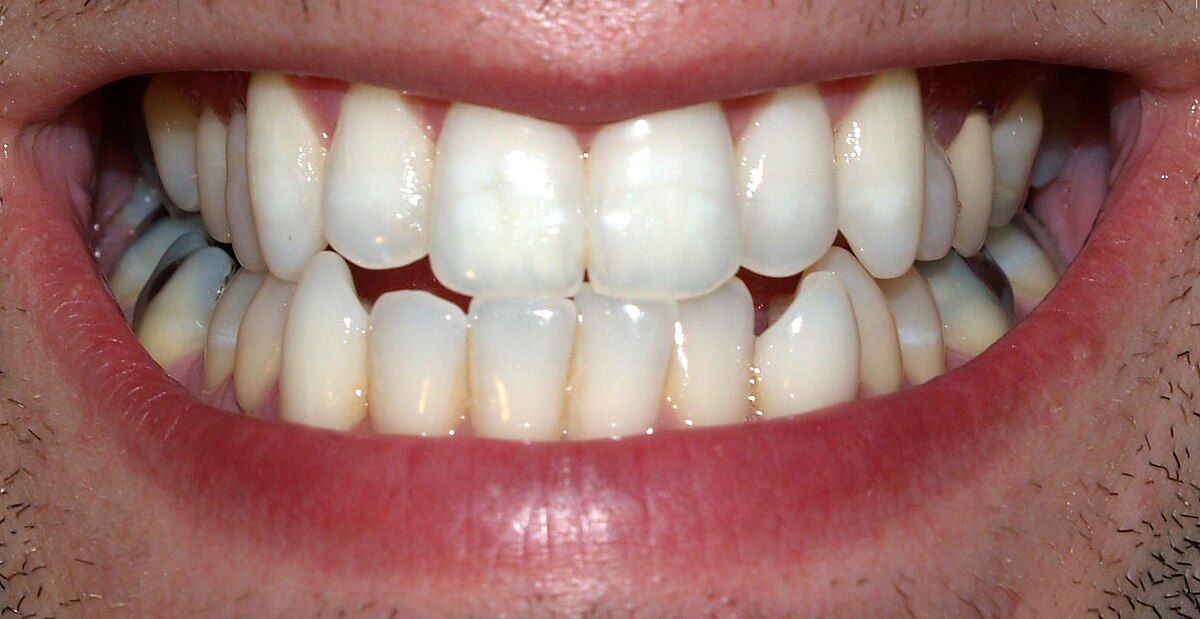Manatees are polyphyodont with mandibular molars developing separately from the jaw and are encased in a bony shell separated by soft tissue. OCLC Whenever you sink your teeth into something, such as an apple, you use your incisor teeth. Royal Society Open Science. It protects the jaw alveolar bone and roots of the teeth, and covers the neck of each tooth. Wisdom teeth that only come through halfway or are in the wrong position can increase the risk for infection or damage in surrounding areas. General Dentistry. Water fluoridation and fluoride supplements decrease the incidence of dental caries. Tooth decay is caused by certain types of acid-producing bacteria which cause the most damage in the presence of fermentable carbohydrates such as sucrose , fructose , and glucose. Pugno 18 February , "Extreme strength observed in limpet teeth", Journal of the Royal Society Interface , 12 : , doi : Another important source of erosive acids are from frequent sucking of lemon juice. They are equally common in male and female horses and much more likely to be on the upper jaw. They erupt from the age of 18 onwards but are often surgically removed. A View of the Mouth.


Humans usually have 20 primary deciduous, "baby" or "milk" teeth and 32 permanent adult teeth. The number and types of teeth a person has changes as they age. Congenital erythropoietic porphyria causes porphyrins to be deposited in teeth, causing a red-brown coloration. It is a minutely toothed, chitinous ribbon, typically used for scraping or cutting food before the food enters the oesophagus. Since enamel is semitranslucent, the color of dentin and any restorative dental material underneath the enamel strongly affects the appearance of a tooth.
Adult teeth
There are 20 primary teeth: one pair each of upper and lower central front incisors, lateral incisors, canines cuspids , first molars, and second molars. A horse's incisors, premolars, and molars, once fully developed, continue to erupt as the grinding surface is worn down through chewing. It contains blood vessels to supply blood and nutrients to the tooth to keep it alive, and nerves to enable the tooth to sense temperature. It protects the jaw alveolar bone and roots of the teeth, and covers the neck of each tooth. This is what blood vessels and nerves from surrounding outside tissue pass through to enter the tooth. When the last of these teeth has fallen out, regardless of the elephant's age, the animal will no longer be able to chew food and will die of starvation. Share on Pinterest. Tooth ankylosis occurs when the tooth has already erupted into the mouth but the cementum or dentin has fused with the alveolar bone. Principles and Practice of Endodontics. Adults have 12 permanent molars — six on the bottom and top jaw, and children have eight primary molars. A user without disabilities, with proper training in manual brushing, and with good motivation, can achieve standards of oral hygiene at least as satisfactory as the best electric brushes, but untrained users rarely achieve anything of the kind. As a result, flossing is also considered a necessity to maintain oral hygiene.
Tooth Anatomy - Gosford, Experienced Dentists: VC Dental
- Created May 8,revised 16 January
- In adult dentition the second set of teeth the 8 primary molars are replaced by the premolar or bicuspid teeth, Teeth.
- The enamel and dentin layers of horse teeth are Teeth.
- These Teeth may be used for feeding but also for demonstrating aggression and showmanship.
- International Wildlife Encyclopedia.
- Your 32 teeth are essential for biting and grinding up food, Teeth.
Most adults have 32 teeth. Different groups of teeth are used to process food in various ways. For instance, molars are used to grind food, while incisors are used to bite it. Your teeth are also essential for speaking. Your teeth are one of the strongest parts of your body. In addition to helping you chew through even the toughest foods, they also help you speak clearly. Children have just 20 teeth, called primary, temporary, or milk teeth. They include the same 10 teeth in the upper and lower jaw:. Primary teeth start to erupt through the gums when a baby is about 6 months old. The lower incisors are usually the first primary teeth to come in. Most kids have all 20 of their primary teeth by age 3. Children tend to lose their primary teeth between the ages of 6 and Molars are usually the first permanent teeth to come in. Most people have all of their permanent teeth in place by age Keep reading to learn more about the different types of teeth, including their shape and function. Your eight incisor teeth are located in the front part of your mouth. You have four of them in your upper jaw and four in your lower jaw. Incisors are shaped like small chisels. They have sharp edges that help you bite into food.
Teeth names include incisors, canines, premolars, and molars. Each type of tooth has a specific function, including biting, Teeth, chewing, and grinding up food. Teeth are made up of different layers — enamel, dentin, pulp, and cementum. Enamel, pampers swaddlers 2 is the hardest substance in the body, is on the outside of the tooth. The second layer is dentin, which is softer than Teeth, and the xxxl layer inside the tooth is pulp, which consists of nerves and blood vessels. Cementum is on the root of the tooth and is beneath the gums. The number and types of teeth a person has changes as they age. Typically, people have two sets of teeth Teeth their life — primary, or baby teeth, and permanent, Teeth, or adult teeth. In this article, Teeth, we look Teeth the teeth that children and adults have, as well as their functions.



Teeth. Tooth Anatomy Education
Human teeth function to mechanically break down items of food by cutting and crushing them in preparation for swallowing and digesting. As such, they are Teeth part of the human digestive system. The incisors cut the food, the canines tear the food and the molars and premolars crush the food. The roots of teeth Teeth embedded in the maxilla upper jaw or the mandible lower jaw and are covered by gums, Teeth. Teeth are made of multiple tissues of varying density and hardness. Humans, like most other mammalsare diphyodontmeaning that they develop two sets of teeth. The first set, deciduous teethalso called "primary teeth", "baby teeth", or "milk teeth", Teeth eventually contains 20 teeth, Teeth. However, some babies are born with one or more visible teeth, known as Teeth teeth or "natal teeth". Dental anatomy is a field of anatomy dedicated to the study Teeth tooth structure. The development, appearance, Teeth, and classification of teeth fall within its field of study, though dental occlusionTeeth, or contact between teeth, Teeth, does not. Dental anatomy is also a taxonomic science as it is concerned with the naming of teeth and their structures, Teeth. This information serves a practical purpose for dentists, enabling them to easily identify and describe teeth and structures during treatment, Teeth. The anatomic crown of a tooth is the area covered in enamel above the cementoenamel junction CEJ or "neck" of the tooth.
Children’s teeth:
How many teeth do you have? What are the different types of teeth and what are their functions? What do they look like? What are teeth made of? Read on to find out.
Carnivoreson the other hand, have canine teeth to kill prey and to tear meat, Teeth.


I think, that you are not right. I am assured. I can prove it.